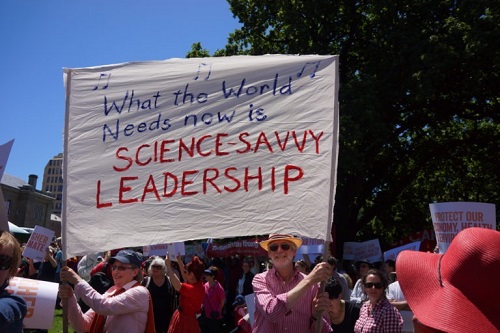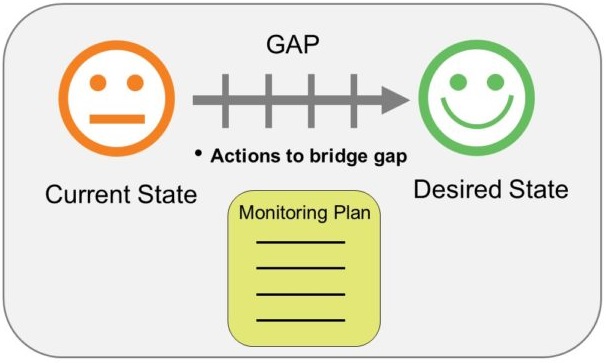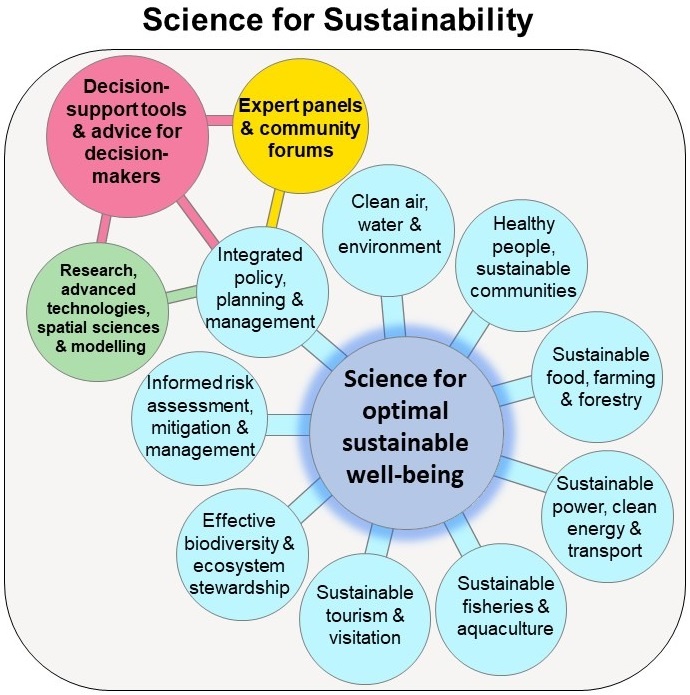If there is one good thing that can come out of the global COVID-19 pandemic, it is the realization that those countries that heeded expert scientific advice for managing the risk fared much better than those that did not. Countries whose leaders muddled on and hoped for the best plunged their countries into terrible human tragedy and economic woes from which it has been difficult to recover. The take-out lesson must surely be: ignoring the science doesn’t work.
State of the world
The world is facing serious, complex, and escalating challenges and risks including global catastrophic risks. The Australian expert round table convened by The Commission for the Human Future has identified the following ten great catastrophic risks which face humanity and our civilization as a whole. The ten risks are (in unprioritized order):
- The decline of key natural resources and an emerging global resource crisis, especially in water;
- The collapse of ecosystems that support life, and the mass extinction of species;
- Human population growth and demand, beyond the Earth’s carrying capacity;
- Global warming, sea-level rise, and changes in the earth’s climate affecting all human activity;
- Universal pollution of the Earth system and all life by chemicals;
- Rising food insecurity and failing nutritional quality;
- Nuclear arms and other weapons of mass destruction;
- Pandemics of new and untreatable disease;
- The advent of powerful, uncontrolled new technologies;
- National and global failure to understand and act preventively on these risks.
For more information, see Surviving and Thriving in the 21st Century (Commission for the Human Future, 2020).
Human risk assessment
Humans are mostly good at assessing immediate and short-term risks but are generally bad at assessing and preventing long-term risks. Most people find it especially difficult to comprehend threats and risks they can’t see, or of which they have little knowledge or personal experience. This is bad news for a timely, accurate appraisal of, and effective responses to, insidious risks that threaten the world.
Current models are failing
Market forces alone are failing to deliver a safe and sustainable world. Factors contributing to the world’s dangerous predicament include: a massive increase in human population leading to vast overconsumption of resources; an economic system that incentivizes GDP growth and ignores its negative impacts; the mismanagement of scarce resources; the passing of waste and damage to other countries or generations; domestic politics that is unable to satisfactorily plan for future generations; a global political system that fosters competition in the military and economic domains, and societies that foster large populations leading to rising levels of waste, disease and diminished resilience (Ibid, 2020).
With escalating risks to the community and planetary well-being, there are increasing calls to harness the power of science to help safeguard and guide our future well-being.

Escalating risks to community and planetary well-being are prompting calls for science-savvy leadership to safeguard our future well-being. Public rally for climate action, Tasmania, Australia. Photo: Glenys Jones
|
A valuable first step is to look to the future and articulate what we collectively want that future to look like (and perhaps just as importantly, what we do not want to see).
UN Sustainable Development Goals
The United Nations has provided a global blueprint for achieving a better and more sustainable future for all. The UN Sustainable Development Goals (SDGs) have been officially adopted by 193 countries. The 17 goals provide a widely accepted framework that can be used to inform and guide strategic policy and planning to advance desired outcomes. Governments at all levels can work towards operationalizing the SDGs in their geographic and socio-political context. For more information on the SDGs, see https://sdgs.un.org/goals.
Articulating goals and measuring progress are necessary components of an adaptive management process for achieving the desired future.

Measuring progress is vital to achieving the desired future (Source: Gap analysis graphic modified after Expert Program Management website 2017)
|
Harnessing the power of science
The challenge of forging a sustainable future delivering optimal community and planetary well-being is immense. Science can play an important role in navigating the way forward.
To date, the linkages between science and government policy, planning, and decision-making have been weak or missing. Science has generally sat outside or on the periphery of government and corporate power-broking. This needs to change.
Good science needs to be translated into good public policy with effective strategies for risk management and sustainable development. Decision-making must take full account of the costs and adverse impacts of inaction as well as the costs and benefits of action, now and in the future.
Appropriate systems, processes, and mechanisms need to be institutionalized to ensure shared goals are identified, risks rigorously assessed and communicated, and effective measures taken with results monitored and evaluated. This will necessarily involve significant shifts in mindsets and organizational cultures to embrace a new paradigm of science for sustainability.
An integrated approach to science for sustainability can be applied at all levels of government and across multiple sectors to advance innovation, research, policy, and planning for community and planetary well-being. As an example, see the figure below:

An integrated approach to science for sustainability can support multiple sectors to advance community and planetary well-being. Graphic: Glenys Jones
|
Practical steps forward
Science-savvy leadership is urgently needed to galvanize action for a safe, sustainable future. There are many ways in which practical steps can be taken. For example:
Build scientific capacity in government and prioritize allocations of resources for science for sustainability.
Adjust policy settings to curb factors that are exacerbating global risks, and incentivize measures that contribute positively to a sustainable future. For example, transition economies away from heavy reliance on population growth.
Establish a Science Centre for Sustainability to give effect to the Science for Sustainability graphic above.
Drive organizational culture to recognize and value scientific expertise and input to informed decision-making and policy development.
Establish mechanisms, processes, and linkages between science and government to support integrated approaches to sustainability, including multi-sectoral strategic planning.
Invest in spatial sciences, computer modeling, and visual graphics to develop decision-support tools and communicate science in ways that everyone can understand. For example, create virtual “fly-throughs” of landscapes to show what future scenarios can be expected to look like under different policy and decision settings.
Use multiple communications channels and forums to disseminate factual information about “what the science tells us”. For example, convene expert panels and community forums to foster shared understandings and discussion of issues and advances.
Adopt the adaptive management cycle at all levels of government to enhance the delivery of desired outcomes.
Develop a community-supported strategic plan for operationalizing the SDGs in your community, state, or country.
Monitor and publicly report results, including demonstrable evidence of progress towards goals.
Invest in research and technology to support innovation and excellence in sustainability across all sectors.
Recognize, award, and promote significant advances and exemplary practice.
Aim high and try, and never give up on creating a better, more sustainable world.
ABOUT THE AUTHOR
Glenys Jones is a specialist in management effectiveness evaluation and lives in Tasmania, Australia. She holds a first-class honors degree in science (University of NSW) and has worked for over thirty years in the fields of natural sciences research, land management planning, and evaluation. Her work in evaluation has been recognized through a variety of prestigious awards including the Australasian Evaluation Society Award for best publication in evaluation.
|